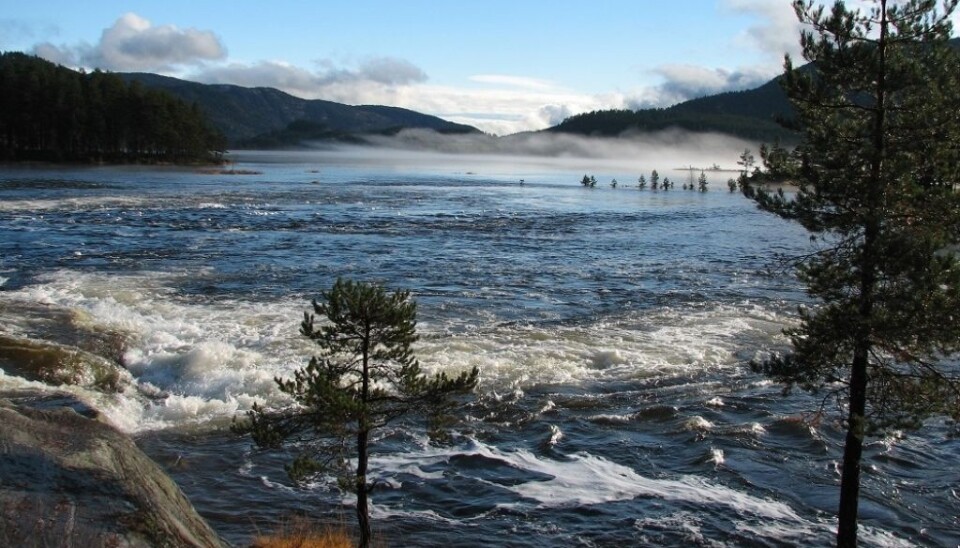An article from NIVA - Norwegian Institute for Water Research

Acid rain still affects water quality
In recent years, acid deposition has received little attention. Nevertheless, it continues to affect surface waters and aquatic organisms throughout large areas of Europe and North America.
Denne artikkelen er over ti år gammel og kan inneholde utdatert informasjon.
"Despite 35 years of reduction in acid deposition, still a number of lakes and rivers are negatively impacted. The quality in these surface waters is so poor that aquatic life is affected," says Heleen de Wit, senior research scientist at the Norwegian Institute for Water Research (NIVA).
In Norway, close to 100 million Norwegian kroner – about 12 million euros – is used annually for liming of surface waters, and thereby combat effects of acid deposition.
Two decades of data
Many insect species have disappeared, while fish populations cannot be maintained without regular liming.
"There are still considerable challenges related to acidic deposition," De Wit says.
Although, the extent of the problem has declined since the 1970’s due to successful international legislation.
NIVA recently presented an analysis of almost 20 years of water chemical data from 170 sites across Europe and North America, with the aim to quantify trends in surface water quality.
The rivers and lakes are located in acid-sensitive regions, where aquatic life has been damaged because of too much acidity in the water.
Sulphate is one the main components of acid deposition.
"Concentrations of sulphate in waters have declined almost everywhere," De Wit says.
In some regions, the decline has been as much as 60 percent.
International cooperation is needed
De Wit leads the international programme ICP Waters. The programme centre is located at NIVA, where monitoring data from surface waters in 20 countries in Europe and North America are collected and analysed to document changes in water quality and aquatic life in relation to changes in atmospheric deposition.
The changes in atmospheric deposition are driven by emissions of pollutants to air.
The international legislation to reduce emissions of pollutants is conducted under the Convention for Long-range Transported Pollution.
"Emissions in one country affect water quality in other countries, and thus international cooperation is needed to solve this problem," De Wit explains.
Towards preindustrial conditions
The monitoring data from the recent article show that the acidity of the water and its ability to neutralize acidity (alkalinity and acid-neutralizing capacity) have developed positively since 1990.
The positive changes in these chemical indicators are most clear before year 2000, while changes afterward are either absent or much weaker.
The improved water quality is the main reason for the return of many insect species and improved status of many fish populations.
"The water chemistry is decisive for survival and reproduction of sensitive aquatic life," De Wit says.
"Now, the water chemistry is on its way back to preindustrial conditions, but there is still quite a way to go for many lakes and rivers before that status is reached – if it can be reached at all," she says.
Slow improvement of biodiversity
Improved water chemistry is however not immediately followed by improved biodiversity and return of all sensitive aquatic life.
In Norway, acidification started already in the 19th century and accelerated towards the 1970s.
The damage to fish population increased with increasing acidification and was accompanied with a general decrease in biodiversity.
That long history of acidification is the main reason why the recovery takes time.
At the peak of acidification, over 30 percent of Norway’s area was negatively impacted by acid rain, and one of five species disappeared from its surface waters. Today, we estimate that about 10 percent of Norway suffers damage from acid deposition.
"One can say that the battle against acid rain has been a success – although a full victory is still some time ahead," concludes De Wit.
------------
Read the Norwegian version of this article at forskning.no






























